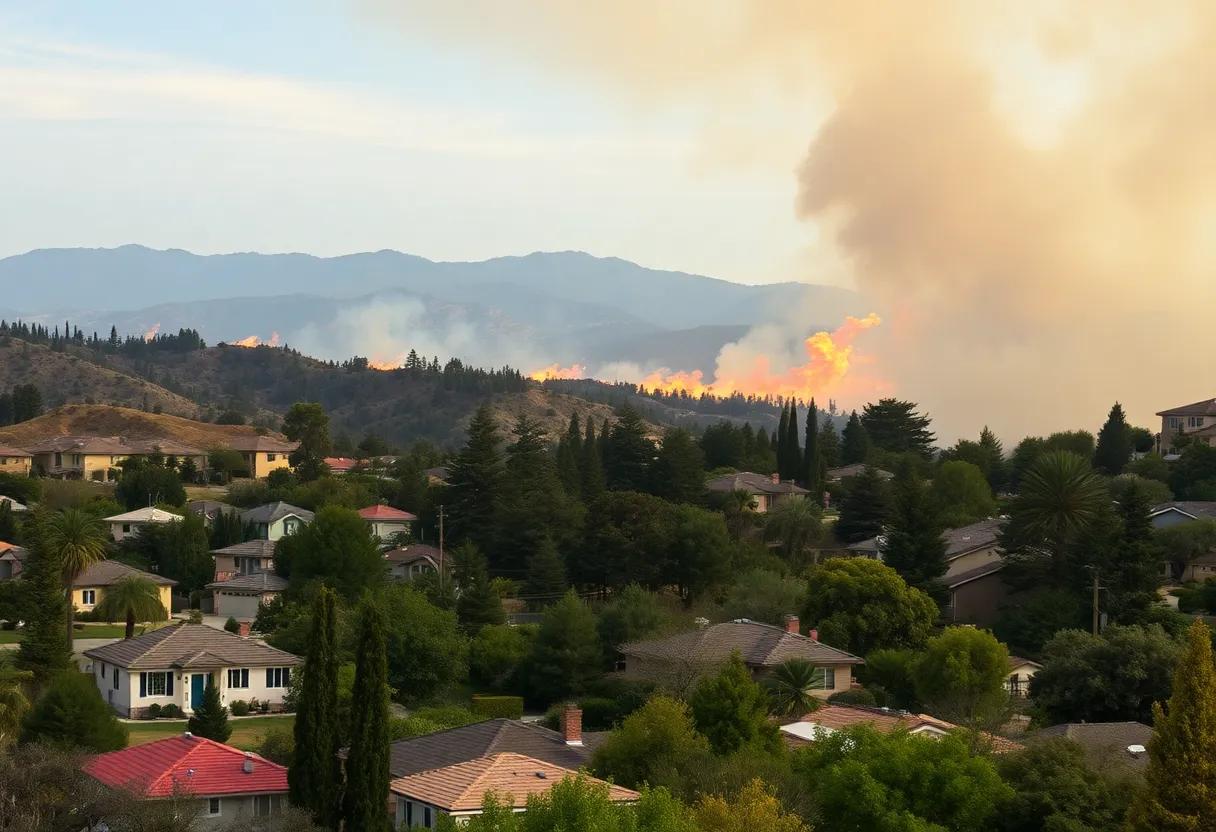California, August 30, 2025
News Summary
California’s Energy Commission has decided to postpone penalties for excessive refining profits for five years amid rising gasoline prices that exceeded $8 per gallon in 2022. The delay coincides with the planned shutdown of a major refinery and raises concerns among consumers and environmental advocates about potential price spikes and the state’s transition to non-fossil fuels. Critics argue that without penalties, consumer protections may diminish, while the commission aims to stabilize fuel supply amidst declining refinery capacity.
California stands at the center of renewed fuel supply debates as the state’s Energy Commission has voted to delay penalties for excessive refining profits for five years. This decision comes after a rise in gasoline prices, which surpassed $8 per gallon in 2022. The Commission previously adopted these penalties in an effort to manage rising fuel costs, but the decision to postpone implementation has stirred concerns among consumers and environmental advocates alike.
The delay aligns with the impending shutdown of Phillips 66’s Los Angeles refinery, which is on track for a permanent closure. With refining capacity already under pressure, the Commission’s staff underscored the urgency of balancing refining supply and consumer demand, noting that the current decline in supply is outpacing demand. The circumstances create a delicate situation, particularly with California’s ambitious goals to phase out fossil-fuel-powered vehicles by 2035.
After initially proposing penalties to curb excessive profits, Governor Gavin Newsom reversed his stance due to predictions that such penalties might trigger additional price spikes in 2026 coinciding with refinery closures. Both Phillips 66 and Valero Energy Corp have cited California’s transition towards non-fossil-fuel vehicles as a contributing factor to diminishing gasoline demand in the state.
The Western States Petroleum Association (WSPA) welcomed the delay, suggesting that prices for gasoline are primarily influenced by global oil markets rather than local state policies. In contrast, consumer advocacy groups like Consumer Watchdog condemned this decision, arguing that it could replicate the soaring prices seen in 2022, and diminish consumer protections during volatile market conditions.
As part of its ongoing response to fluctuating fuel costs, the Energy Commission has introduced several initiatives. These include stabilizing refinery capacity, increasing motor fuel imports, and developing existing oil reserves within the state. Given California’s geographic isolation from major refining centers, the state heavily depends on both in-state production and imports from as far as Asia to keep its fuel supply robust.
Previously in March 2023, Governor Newsom signed a bill into law that grants the Commission authority to impose profit margins and penalties for excessive profits. However, as of now, no such penalties have been implemented, and there is still no clear definition of what constitutes excessive profits. Currently, regular unleaded gasoline prices in California reach around $4.59 per gallon, significantly higher than the national average of $3.20.
Experts have expressed concerns that imposing penalties could unintentionally lead to reduced production levels, further exacerbating price increases for consumers. As California navigates this complex issue, officials are prioritizing fuel affordability while maintaining efforts to transition toward more sustainable energy solutions.
Frequently Asked Questions
What is the current status of penalties for excessive refining profits in California?
Penalties for excessive refining profits have been temporarily delayed for five years by the California Energy Commission.
Why were penalties for excessive refining profits initially considered?
Penalties were adopted after gasoline prices in California exceeded $8 per gallon in 2022, aiming to protect consumers from inflated costs.
What factors contributed to the decision to delay the penalties?
The Energy Commission cited concerns about declining supply outpacing demand, alongside the impending closure of major refineries.
What are the implications of delaying the penalties?
The delay raises concerns over potential price spikes and ongoing affordability issues for consumers, particularly as the state transitions to non-fossil fuels.
How does California’s fuel supply situation compare to the national average?
Regular unleaded gas prices in California are around $4.59 per gallon, much higher than the national average of $3.20.
Deeper Dive: News & Info About This Topic
- Reuters: California Sets Aside Penalties for High Refinery Profits
- Investing.com: California Sets Aside Penalties for High Refinery Profits
- Politico: California Energy Commission Proposes Delaying Refinery Profit Cap
- Bloomberg: Newsom’s Plan to Prevent Pump Price Spikes Delayed
- Wikipedia: California

Author: Anaheim Staff Writer
The Anaheim Staff Writer represents the experienced team at HEREAnaheim.com, your go-to source for actionable local news and information in Anaheim, Orange County, and beyond. Specializing in "news you can use," we cover essential topics like product reviews for personal and business needs, local business directories, politics, real estate trends, neighborhood insights, and state news affecting the area—with deep expertise drawn from years of dedicated reporting and strong community input, including local press releases and business updates. We deliver top reporting on high-value events such as major conventions at the Anaheim Convention Center, including NAMM and VidCon, exciting games at Angel Stadium and Honda Center, and developments at Disneyland Resort Our coverage extends to key organizations like the Anaheim Chamber of Commerce and Visit Anaheim, plus leading businesses in hospitality, entertainment, and innovation that power the local economy As part of the broader HERE network, including HERECostaMesa.com, HEREHuntingtonBeach.com, HERESantaAna.com, and HERELosAngeles.com, we provide comprehensive, credible insights into Southern California's dynamic landscape.




